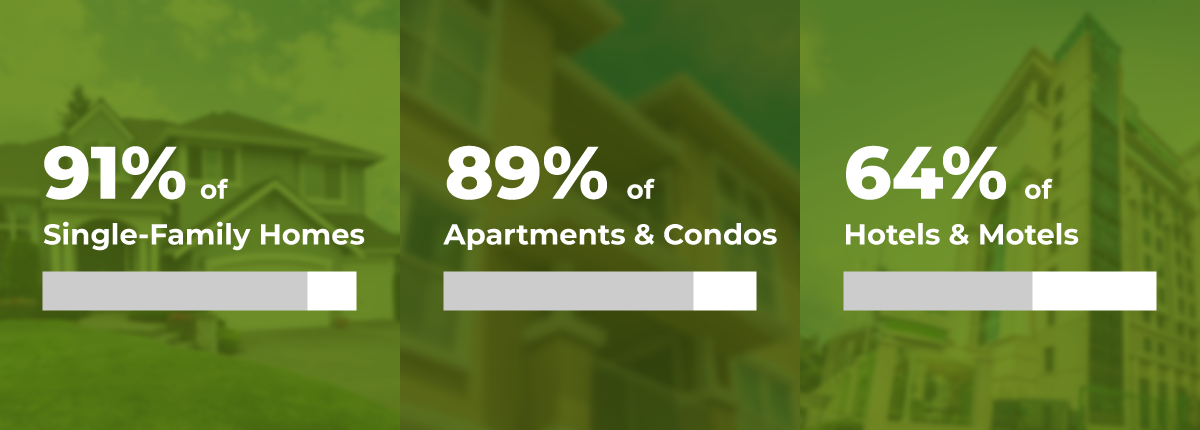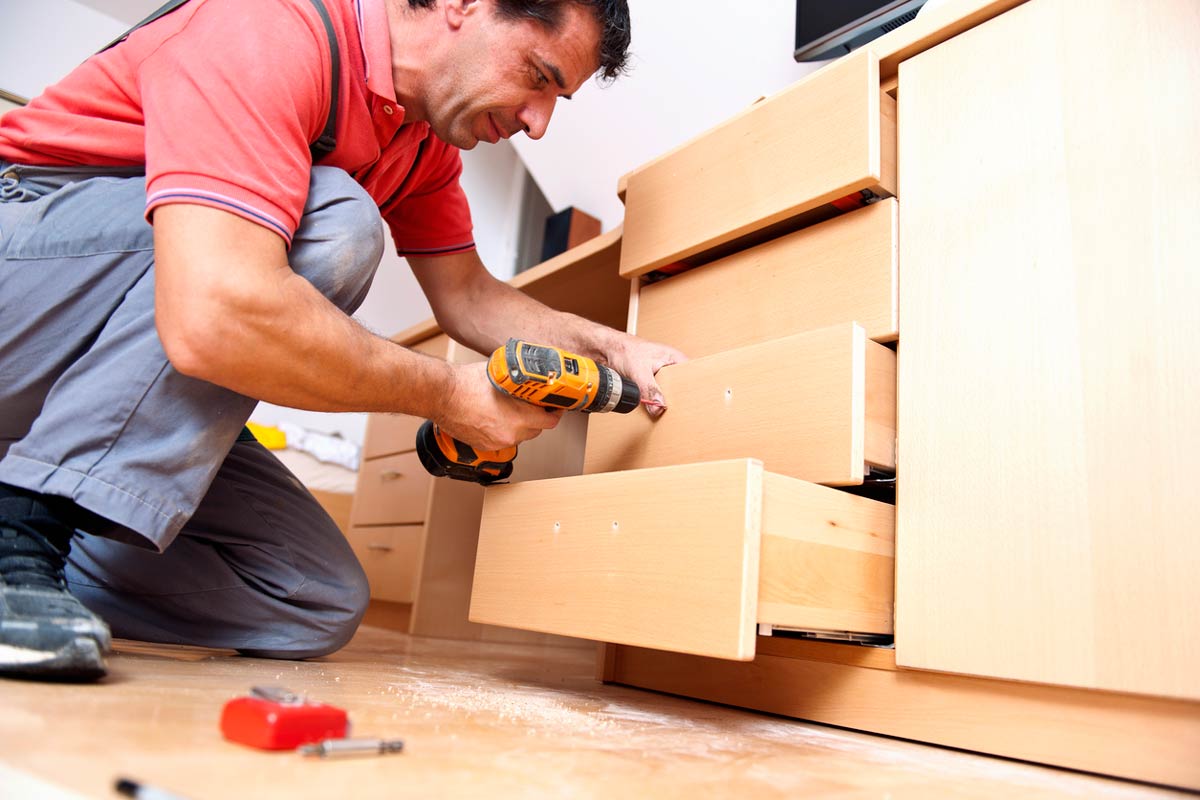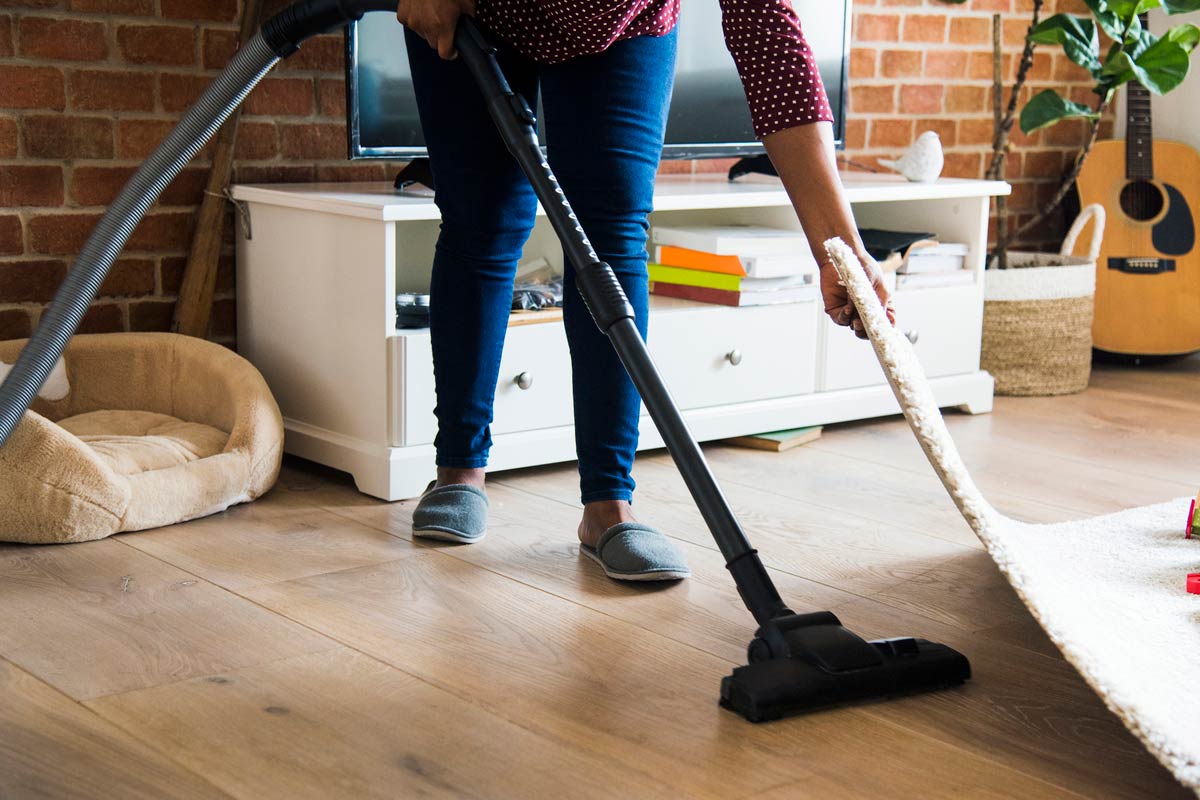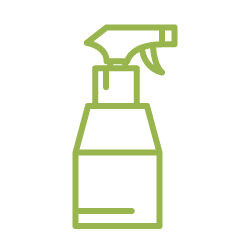For a stretch in the late 20th century and into the 21st century, bed bugs were all but eradicated and tamed in the U.S., according to the University of Kentucky entomology department. However, in recent decades bed bugs have come back to infest homes, schools, and other locations, which the entomology department credits to “less effective insecticides” and an overall change in how the pest industry handles preventing and getting rid of bed bugs.
According to a 2018 survey, almost every pest professional has encountered a swarm of bed bugs before, and a majority of the professionals were originally called out to treat another pest like ticks or fleas before discovering the real issue. The survey of pest professionals found that bed bugs have been seen in:











